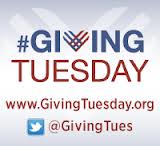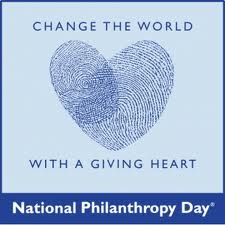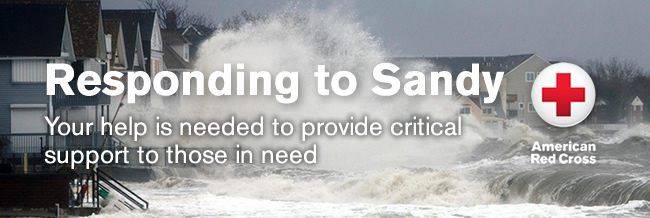 Later this morning, I am facilitating a discussion among some non-profit professionals about how to improve your auction fundraiser event. I am apparently itching to get this conversation underway. So, I thought it might be fun to start it online with the DonorDreams blog community. I suspect that I also have auctions on my mind because a number of local charities that I support are gearing up for their 2013 auction fundraising events right now, and I see them working hard at securing donations.
Later this morning, I am facilitating a discussion among some non-profit professionals about how to improve your auction fundraiser event. I am apparently itching to get this conversation underway. So, I thought it might be fun to start it online with the DonorDreams blog community. I suspect that I also have auctions on my mind because a number of local charities that I support are gearing up for their 2013 auction fundraising events right now, and I see them working hard at securing donations.
Let me first start by saying that I am not an auction expert, but I attend a number of these type of events and can speak to the issue from a donor’s perspective. In my experience, I am spending money when:
- The mood in the room is fun, and I am surrounded by friends who are bidding.
- There are auction items that I find appealing.
- Alcohol helps open my wallet.
- The check-out procedure appears to be easy and hassle-free (e.g. I won’t have to stand in long lines to check-out if I win my bids)
- I can bid on a project to directly support the charity (e.g. underwrite a scholarship for a year, purchase a mattress for the homeless shelter, etc)
 Here are a few things that I’ve seen fundraising professionals do to support the things I just mentioned:
Here are a few things that I’ve seen fundraising professionals do to support the things I just mentioned:
- Survey last year’s participants well in advance of the event to get an idea of what types of items that want to see in the auction.
- Latch onto an event theme and use it throughout the event to create a sense of fun.
- Offer both a live and silent auction format.
- Don’t close the silent auction until AFTER the live auction is done. This way people who lost their live auction bids and still have cash in their wallet can still invest it in winning their silent auction bids.
- Use auction software to automate the check-in and check-out procedures. Integrate other technology into the auction (e.g. electronic bidding) in order to add a new wrinkle.
- Keep the theme focused on the auction (e.g. don’t mix-and-match your themes such as an awards dinner and auction).
As I always say at the end of my blog posts, “We can all learn from each other.” Please take a moment this morning to answer one of the following questions (I plan on using these same questions to start my roundtable discussion off on the right foot this morning):
- What is your check-in and check-out procedures (and what role does accepting credit cards in advance play in that process)?
- What best practices have you seen used with “silent auctions” vs “live auctions” that can help drive revenue?
- What kinds of policies do you have around alcohol and getting your bidding public “liquored up”?
- What kind of data do you collect and how do you use it from year-to-year to drive revenue? How does it line up with pre-event engagement strategies?
I recently bumped into Dave Naffziger’s Blog and I think his post on “How to run a successful charity auction” is one of the better ones that I’ve recently seen. You may want to go check it out.
Here’s to your health!
Erik Anderson
Founder & President, The Healthy Non-Profit LLC
www.thehealthynonprofit.com
erik@thehealthynonprofit.com
http://twitter.com/#!/eanderson847
http://www.facebook.com/eanderson847
http://www.linkedin.com/in/erikanderson847














